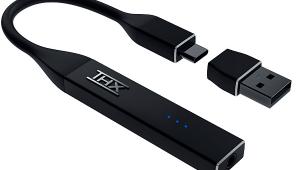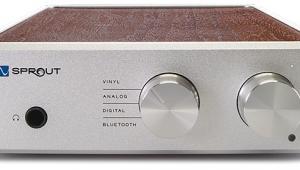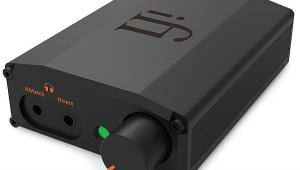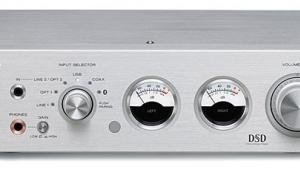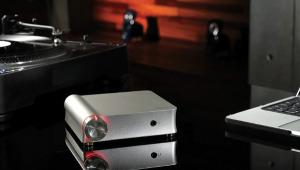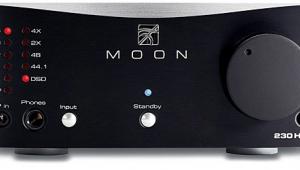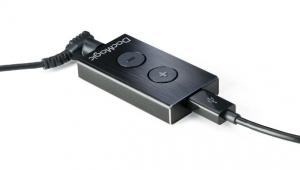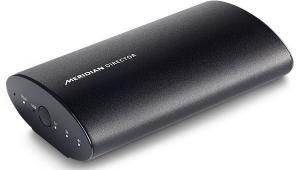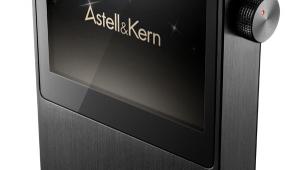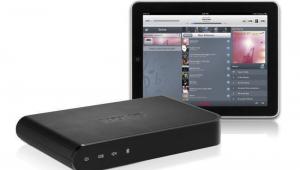Perhaps I missed it but the analogue input does not get converted to digital correct?
Moon by Simaudio Neo 230HAD Amp/DAC Review Page 2
The Neo 230HAD is the best-sounding headphone amp/DAC I’ve ever heard, though I should add that my frame of reference is wider at lower price points. It was, to my ears, tonally neutral, with a tight, unexaggerated bass, a fully realized midrange, and plenty of top-end nuance and air. The solidity of imaging and reliable fidelity of tone color struck me from the first few seconds of the first demo. I always felt I was getting all the resolution and no additive noise. The Neo simply had no bad qualities; there was nothing about the sound that I would change. It made every set of headphones I tried—to quote my own lead—“the best they can be.” I got to hear each of them in a new and better way. I used only a small fraction of the available gain, even with the slightly more demanding Sennheiser, though my headphone collection doesn’t contain anything extremely inefficient. (For the record, our first sample didn’t work and suffered out of the box from some odd hum issues; thanks to Herb Reichert of our sister pub Stereophile for the sub-loan in a pinch of his review unit.)
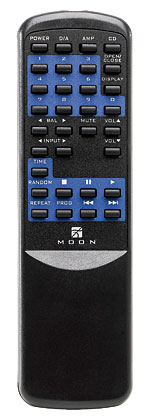 Paired with HiFiMan’s planar headphones, the Neo mined more musical feeling from MP3s than I thought possible. The voice of the late Bert Jansch was so palpably alive between my ears, like a ghost come back to life, that it startled me, and the lush choral vocals were no less lifelike. As the XTC track ramped up dynamically, I was surprised at how explosive the prominently mixed drums were. In Bowie’s space opera, Rick Wakeman’s quasi-orchestral mellotron parts constantly shifted in timbre (something the other headphones missed). Moving up to CD-quality tracks, Leon Rosselson’s acoustic guitar and nasal vocal were starkly realistic, while Richard Thompson’s multitracked acoustic guitars and vocals were more sumptuous.
Paired with HiFiMan’s planar headphones, the Neo mined more musical feeling from MP3s than I thought possible. The voice of the late Bert Jansch was so palpably alive between my ears, like a ghost come back to life, that it startled me, and the lush choral vocals were no less lifelike. As the XTC track ramped up dynamically, I was surprised at how explosive the prominently mixed drums were. In Bowie’s space opera, Rick Wakeman’s quasi-orchestral mellotron parts constantly shifted in timbre (something the other headphones missed). Moving up to CD-quality tracks, Leon Rosselson’s acoustic guitar and nasal vocal were starkly realistic, while Richard Thompson’s multitracked acoustic guitars and vocals were more sumptuous.
But the Neo/HiFiMan combo was at its best with the high-res tracks. The Stevie Wonder song overlaps the vocal, electric piano, lead guitar, and bass in the center, flanked by acoustic guitars at the sides. I could hear each of the four center elements—all mixed low except for the voice—distinctly and simultaneously, an imaging tour de force. To say that the Debussy orchestral movement was smooth, deep, and warm doesn’t convey the feeling of closing my eyes and being almost forcibly thrust into the recording venue. In the brief Chesky ballet piece, high-frequency-rich percussion instruments not only chimed sweetly but were more firmly anchored in acoustic ambience than I’ve ever heard. My only reservations about the Neo/HiFiMan partnership was that, despite its fine bass, it was too analytical to perfectly convey the relaxed, swinging grooves of the Steely Dan and Dave Brubeck tracks. But other headphones later got the grooves right.
Neo and Sennheiser, Sony, NAD
If I hadn’t been spoiled by Neo/HiFiMan, Neo/Sennheiser probably would have seemed like a revelation. Where HiFiMan was brilliantly organized, Sennheiser was merely tidy. The Jansch vocal went from ghost between my ears back to recorded music. Through Sennheiser’s smaller diaphragms, XTC’s rhythm section didn’t kick my butt. In the Bowie track, the Sennheiser’s more reserved upper midrange prized comfort over detail, which was more than a fair trade in the mellotron parts, though I missed the vibrancy of the pieced-together vocal parts. The Sennheiser also subdued the starkness of Rosselson’s voice and guitar, improving comfort. The relaxed grooves of the Thompson, Steely Dan, and Brubeck tracks all picked up steam with the shift from the hyper-resolved HiFiMan to the politer Sennheiser. However, the Debussy and Chesky orchestral pieces lost some of their captivating immersiveness.
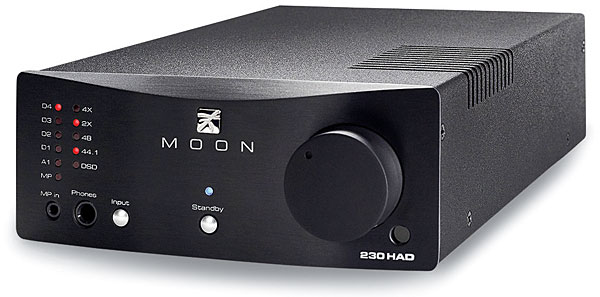
The Sony headphones, with their emphatic treble, were transformed, as though someone had moved the decimal point on the two-figure street price. Mate the Sony with a top-heavy or noisy amp, and the result can be anything from mild discomfort to wholesale slaughter. But the Neo/Sony team was clean, zingy, fun, even questing. Bert’s chorus leaped up to caress his lead vocal, XTC regained its thunderous drums, Debussy’s orchestral tone colors were richer, Chesky’s chiming instruments more vibrant. Not all tracks benefited—Bowie’s mellotron got too hot—but Thompson’s multitracked baritone prospered with more detail, and Steely Dan’s strings and vocals stood up well to the Neo/Sony team’s brightening. I’ve never heard the Sony sounding so good.
The Neo was also the best mate I’ve found for the NAD VISO headphones. While not as constantly surprising as the Neo/HiFiMan combo or as sparkling as the Neo/Sony, the Neo/NAD combo produced a full, rich, dark sound that never gave me an uncomfortable moment, and it was far livelier than the NAD with any other amp I’ve plugged it into. All the tracks dominated by voice and acoustic guitar—Jansch, Rosselson, Thompson, Wonder—flowed naturally and irresistibly. The Bowie, always brilliant but sometimes fatiguing, was definitively civilized. I was afraid the Neo and NAD—both of which abhor edginess—would anesthetize the Debussy. Instead they brought it to life with coherent and involving imaging and texture.
The Moon by Simudio Neo 230HAD is a stateof-the-art headphone amp/DAC that is both versatile and reliable. It will make good headphones sound great and great headphones sound extraordinary. I was genuinely sorry to box it up and send it on its way. This is the kind of product I’d gladly live with.
- Log in or register to post comments

